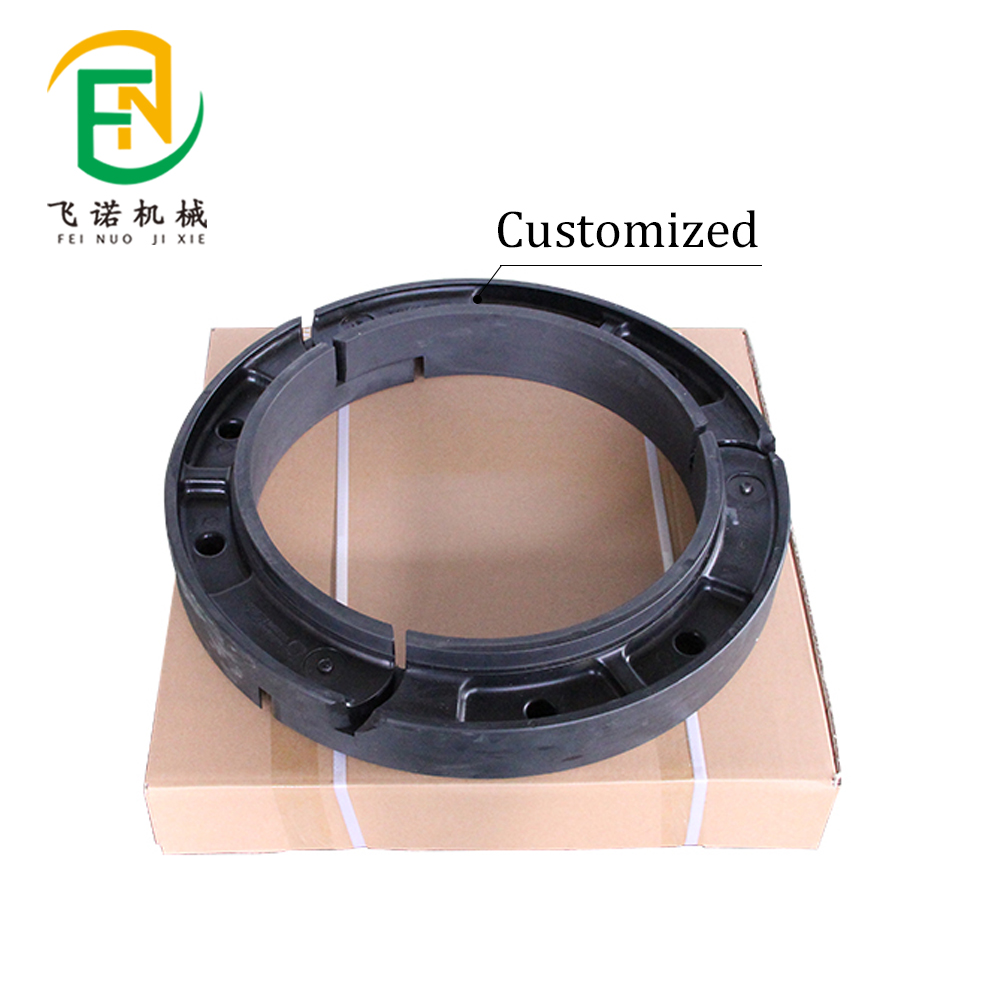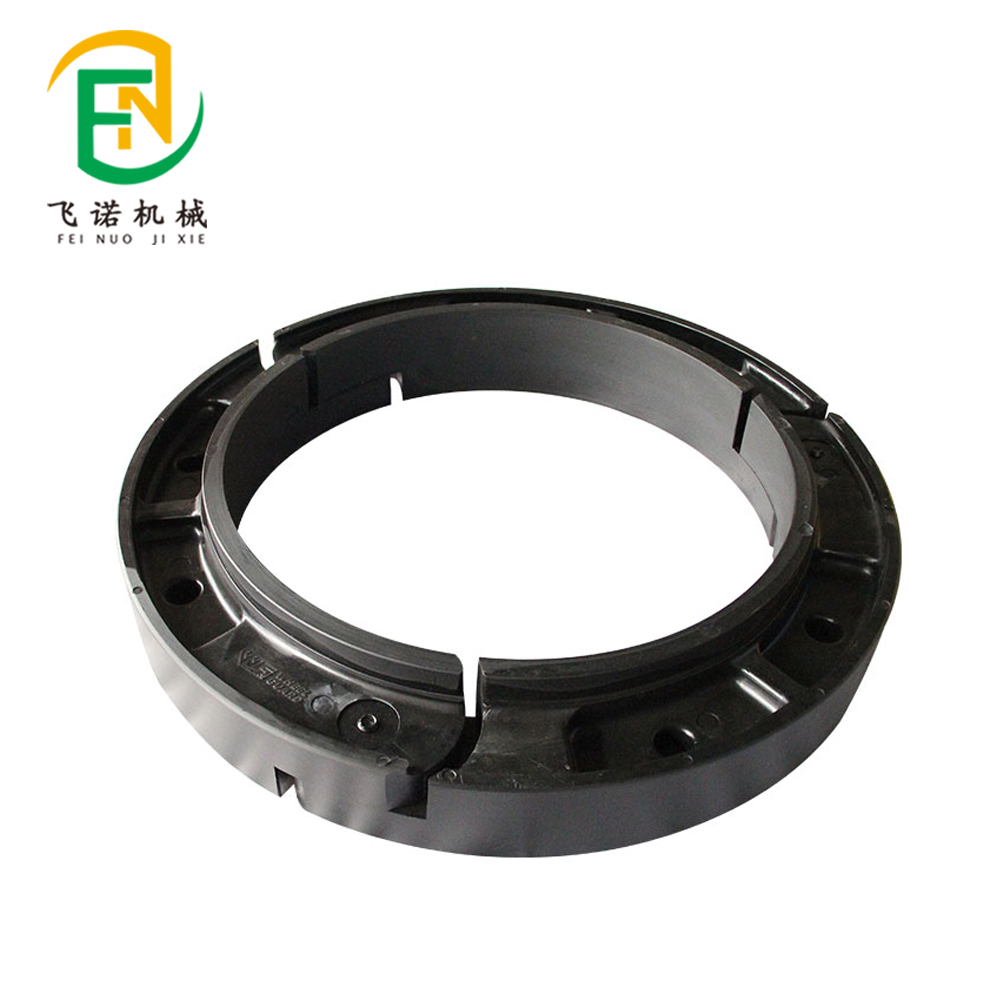- June 18, 2025
- Posted by: feinuojixie
- Category: Run Flat Guide


In modern military operations, mobility is not just a convenience—it is a matter of survival. Whether transporting troops, delivering supplies, or conducting rapid response missions, every military vehicle must perform under pressure. Among the countless innovations that support these efforts, run flat tires stand out as a silent yet crucial enabler. Designed to maintain functionality even after suffering damage, run flat tires military units use today are engineered to conquer environments where ordinary equipment would fail. This article explores how this tire technology powers missions, protects lives, and keeps the momentum going when it matters most.
The Science Behind Run Flat Tires Military Forces Rely On
Run flat tires military vehicles depend on are engineered with durability at their core. Unlike standard tires, they are built to operate even when punctured, slashed, or deflated. This is achieved through two main designs: reinforced sidewalls and internal support rings. Reinforced sidewalls allow the tire to carry the weight of the vehicle temporarily without air pressure. Meanwhile, internal rings—typically made from tough composites or metal—serve as a physical support system, preventing the tire from collapsing. This combination gives military vehicles the confidence to continue driving up to 50 miles or more after sustaining damage, offering a critical buffer zone between danger and safety.


Why Traditional Tires Fail in the Field
Conventional tires simply aren’t built for the chaos of combat. They rely entirely on air pressure to maintain shape and functionality. A single puncture from debris, gunfire, or shrapnel can render them useless, immobilizing a vehicle and placing its occupants at severe risk. In contrast, run flat tires military vehicles are equipped with offer resilience that traditional options cannot. In the middle of a mission, there’s no time to stop and change a tire. The ability to maintain movement, even when under threat, often means the difference between operational success and failure—or between life and death.
Tactical Advantage: How Run Flat Tires Enhance Mission Success
Mobility equals survivability. That’s why the tactical benefits of run flat tires military commanders count on are so vital. In battlefield conditions where retreat or maneuverability is essential, these tires ensure vehicles are not easy targets. They allow armored personnel carriers, reconnaissance vehicles, and supply trucks to maintain speed and direction even when damaged. This uninterrupted movement improves mission timing, reduces recovery requirements, and enhances overall strategic agility. In essence, run flat tires turn potential mission-stoppers into minor inconveniences.
Adapting to Terrain: Run Flat Tires Across Military Zones
Military operations span a wide range of terrain—from arid deserts to dense forests, icy roads, and broken urban landscapes. In each of these environments, vehicle mobility is challenged by unpredictable surfaces. Run flat tires military units deploy with are specially designed to handle such variability. They are tested for performance in sand, gravel, mud, snow, and even jagged terrain left by explosions or natural disasters. This adaptability ensures that whether a unit is patrolling a mountainous border or maneuvering through city rubble, tire failure won’t bring the mission to a halt.
Logistical Efficiency in Military Operations
Every piece of equipment carried into a conflict zone adds weight, complexity, and risk. By reducing the need for spare tires and repair kits, run flat tires military logistics teams use streamline operational loads. This translates to more cargo space for essential supplies, less downtime for maintenance, and lower transportation costs. Additionally, fewer pit stops and tire changes mean improved convoy security and faster deployment timelines. The strategic value of run flat tires goes far beyond their immediate use—they contribute to a leaner, more agile military force.
Safety and Survivability: Protecting Lives with Tire Innovation
Perhaps the most powerful argument for run flat tires military vehicles use is the protection they offer to personnel. In an ambush or under fire, being immobilized is one of the most dangerous situations a crew can face. Run flat technology allows vehicles to escape, reposition, or regroup despite taking tire damage. This mobility saves lives. Furthermore, it supports casualty evacuation and rapid reinforcement, two functions that are critical in sustaining troop morale and battlefield effectiveness. A functional tire may not make headlines, but it can absolutely save lives.


Innovations on the Horizon: The Future of Run Flat Tires in Military
The evolution of run flat tires military engineers are working on today is focused on extending performance, reducing weight, and integrating smart technology. Some prototypes include self-healing materials, embedded sensors to detect damage, and advanced traction systems that adjust to terrain in real-time. As autonomous military vehicles become more common, these innovations will only become more critical. The next generation of run flat tires is expected to be lighter, stronger, and more intelligent—further cementing their role in future military strategy.
The Unseen Hero Behind Military Mobility
Run flat tires may not grab attention like new weapons or armored vehicles, but their impact on military operations is undeniable. They provide the freedom to move, the power to persevere, and the assurance of survivability when conditions get rough. As military missions grow more complex and environments more unpredictable, the value of mobility-enhancing technologies rises. Run flat tires military units rely on are more than just components—they are a strategic asset, a guardian of movement, and an unsung hero of the battlefield.
